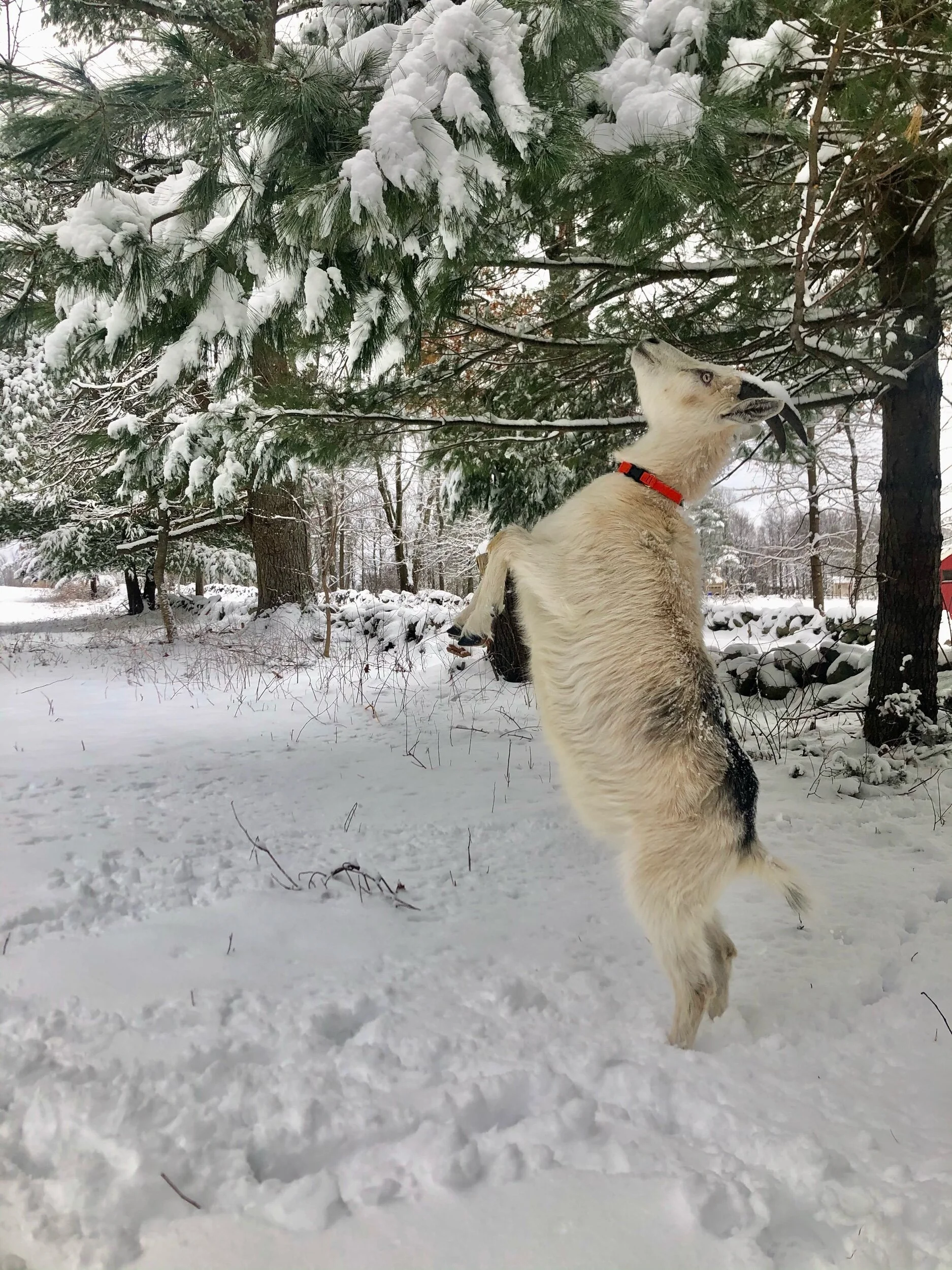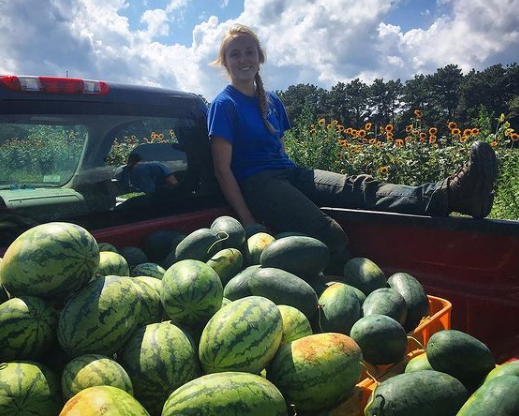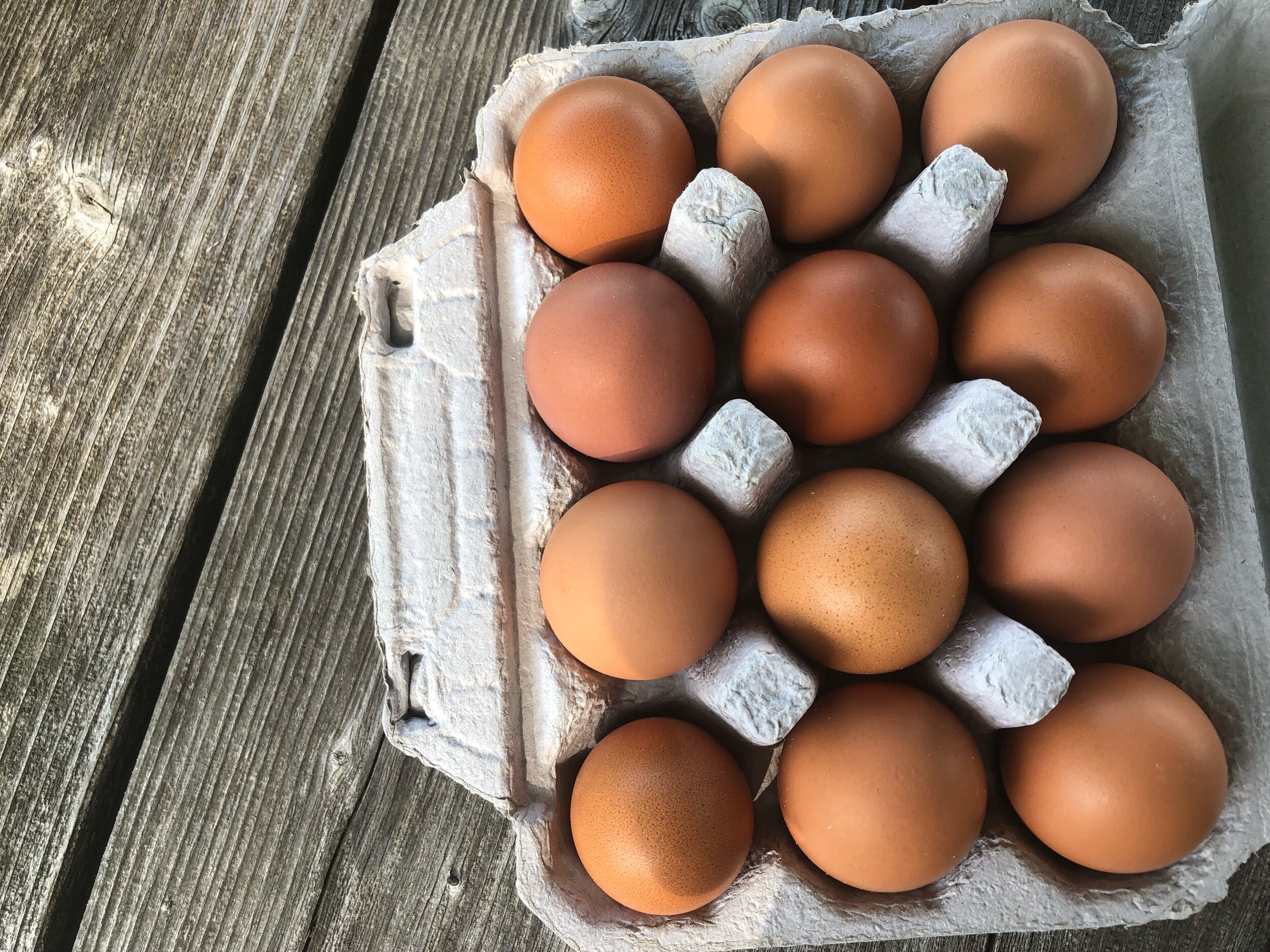Between March and May is the hardest time of the year in New England to source locally grown produce. Really the only foods to choose from are overwintered root vegetables, like carrots, rutabaga, and turnips, (which are delicious, but how many rutabagas can you eat in a week?!), as well greens like spinach and lettuce.
To make use of fresh produce available, as well as to best utilize your time and energy while still in winter hibernation, try your hand at making homemade vegetable stock. It is easy to do, and much faster than simmering bones for meat broths.
Directions:
Use whatever veggies you want/have on hand. It can be anything from onions, turnips, and carrots, to celery, cabbage, and mushrooms. Those wilting veggies you’ve had in the crisper drawer for far too long are the perfect ingredients.
Begin by chopping all of the veggies into fine cubes or slices. A food processor can save you a lot of time on that task. Next, fill a saucepan with twice as much water as you have vegetables. Bring to a boil and stir in the produce. Turn off the heat, cover, and let steep for about 5 minutes. Strain out the solids and, once cooled, store in an airtight container in the fridge for up to a week, or the freezer for up to 6 months.
Use this as a base for hearty soups, risottos, or to braise greens and cook grains.




































































